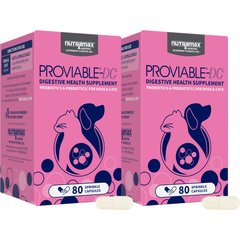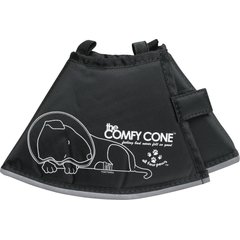All You Ever Wanted to Know About Fatty Acids for Your Cat
I’m sure you’ve heard about some of the important roles that fatty acids play in the body and how important these nutrients are in a cat’s diet, but do you want to know more? I’ve found a great resource for you — a paper entitled “An Overview of Fatty Acids in Companion Animal Medicine” by Catherine E. Lenox, DVM. Here are a few of the highlights:
Fatty acids have a number of important roles in the body. These include, among others, serving as a source of fuel, transporting fat-soluble vitamins, serving structural functions as part of cell membranes, and being involved in cell regulation and signaling. Fatty acids are also used for management of disease, giving them a unique role as a nutraceutical, which is a nutrient that has properties of a drug.1,2 The objective of the information reported here is to provide an overview of topics related to fatty acids and to improve general understanding of these topics.
Fatty acids can be omega-3 (n-3; first double bond between carbons 3 and 4 from the omega end), omega-6 (n-6; first double bond between carbons 6 and 7 from the omega end), omega-7 (n-7; first double bond between carbons 7 and 8 from the omega end), or omega-9 (n-9; first double bond between carbons 9 and 10 from the omega end).7 Omega-6 and omega-3 fatty acids are essential for mammals: they must be consumed in the diet because animals lack Δ-12 desaturase and Δ-15 desaturase that insert double bonds in the omega-3 and omega-6 positions.3,7
Recommended Pet Products
- Nutramax Proviable Probiotics & Prebiotics Digestive Health Supplement for Dogs & Cats, 160 count$89.98Chewy Price
- Fera Pets USDA Organic Pumpkin Plus Fiber Support for Dogs & Cats, 90 servings$34.95Chewy Price
- All Four Paws Comfy Cone E-Collar for Dogs & Cats, Black, Small$20.24Chewy Price
- Virbac Epi-Otic Advanced Ear Cleaner for Dogs & Cats, 4-fl oz bottle$12.34Chewy Price
Plants can synthesize omega-6 and omega-3 fatty acids, which make them good dietary sources of essential fatty acids….3 Algae can synthesize large amounts of omega-3 fatty acids, which make marine animals that consume algae a good source of EPA and DHA.9
Fatty acid deficiency occurs as a result of consuming extremely low-fat diets as well as diets deficient in essential fatty acids. There is rarely a fatty acid deficiency in animals consuming commercial diets fed to meet daily energy requirements, but deficiency could be seen in animals consuming unbalanced diets, homemade diets deficient in essential fatty acids regardless of total fat content, or ultra–low-fat diets. There can also be deficiency of essential fatty acids with severe caloric restriction… Clinical signs of deficiency of essential omega-6 fatty acids include dermatologic disorders (alopecia, scaly skin, and an increased tendency to bruise), reproductive abnormalities (tubular degeneration of the testes in males and failure of queens to give birth to viable neonates), and poor growth.3,7,11,17 Clinical manifestations of dietary deficiency of omega-3 fatty acids are not as pronounced as those for omega-6 fatty acid deficiency and generally include nervous system abnormalities.3,18
If you want more details, I recommend you take a look at the entire article. It is available on the Journal of the American Veterinary Medical Association’s website for $30 or at any library that carries the periodical.

Dr. Jennifer Coates
Reference
Timely Topics in Nutrition: An overview of fatty acids in companion animal medicine. Lenox CE. J Am Vet Med Assoc. 2015 Jun 1;246(11):1198-202.
Image: skogit / Shutterstock




